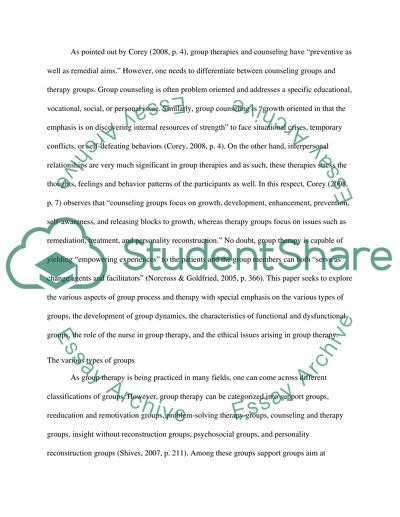Cite this document
(“Advanced Nursing Skills - Group Process and Therapy Essay - 1”, n.d.)
Advanced Nursing Skills - Group Process and Therapy Essay - 1. Retrieved from https://studentshare.org/nursing/1600239-advanced-nursing-skills-group-process-and-therapy
Advanced Nursing Skills - Group Process and Therapy Essay - 1. Retrieved from https://studentshare.org/nursing/1600239-advanced-nursing-skills-group-process-and-therapy
(Advanced Nursing Skills - Group Process and Therapy Essay - 1)
Advanced Nursing Skills - Group Process and Therapy Essay - 1. https://studentshare.org/nursing/1600239-advanced-nursing-skills-group-process-and-therapy.
Advanced Nursing Skills - Group Process and Therapy Essay - 1. https://studentshare.org/nursing/1600239-advanced-nursing-skills-group-process-and-therapy.
“Advanced Nursing Skills - Group Process and Therapy Essay - 1”, n.d. https://studentshare.org/nursing/1600239-advanced-nursing-skills-group-process-and-therapy.


